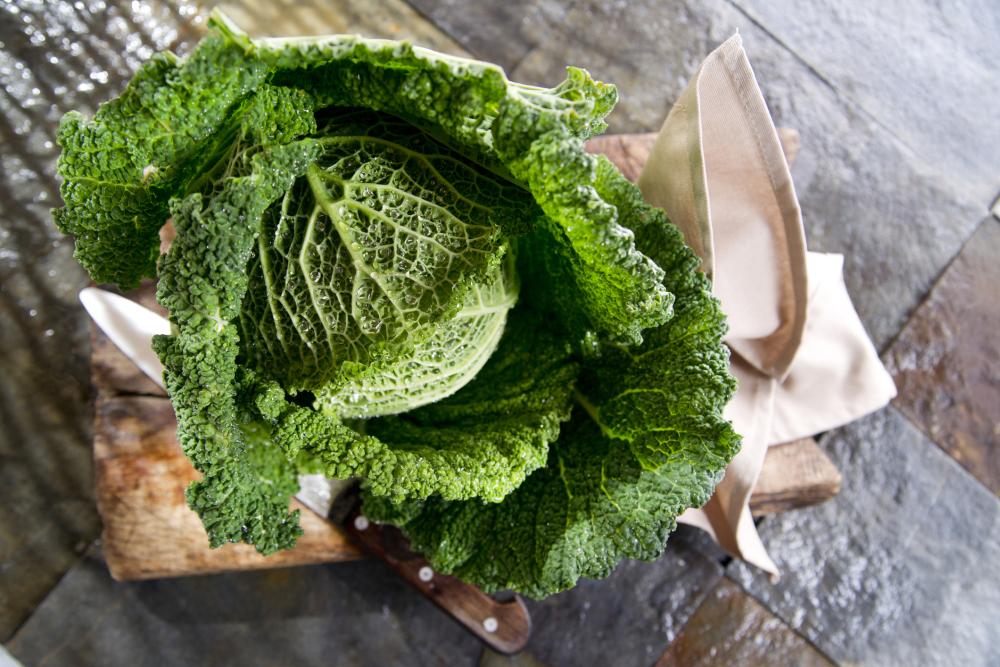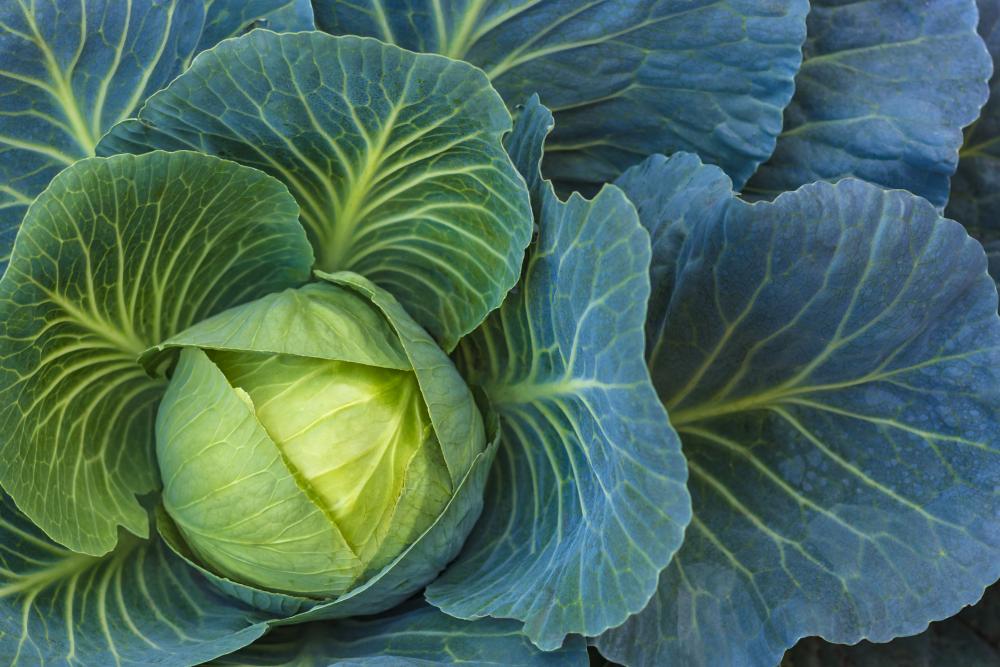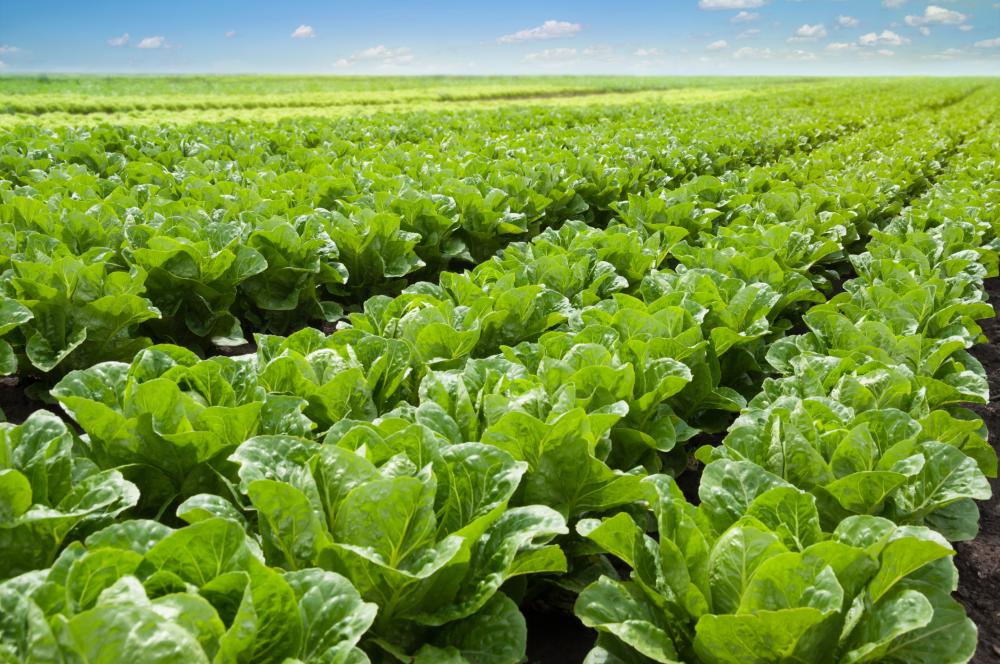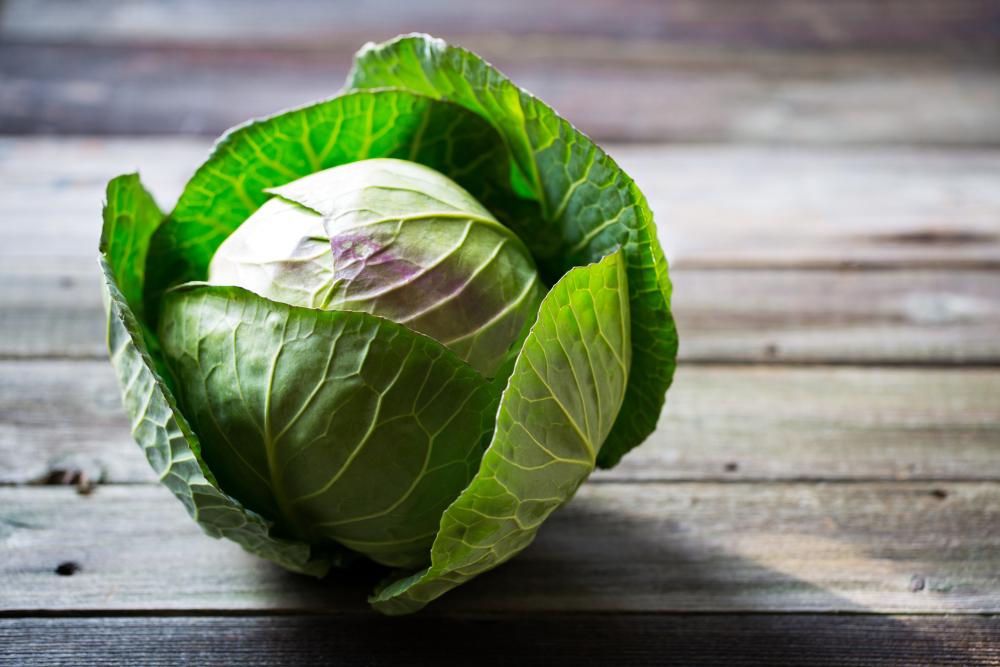Cabbage Care – How To Grow And Care For Cabbage
Cabbage is a versatile vegetable that has provided humans and their domesticated animals with sustenance for ages. So much so that the vegetable lost its prestige over time. But you might change your opinion about it when you consider that this veggie is rich in vitamins, nutrients, and antioxidants. So has the world started to treat cabbage with respect? You bet! Just consider the number of cabbage varieties out there, not to mention the many ways you can cook it.
You can saute, fry, stir-fry, or eat cabbage raw in salads. In some cultures, stuffed cabbage rolls are a delicacy to be enjoyed on special occasions and festivities. So if you’re planning on planting cabbage in your garden or in a container, this article sheds light on the different cabbage varieties and walks you through the steps of growing this delicious vegetable.
Know Your Cabbage
As a cool-weather vegetable, cabbage (Brassica oleracea) is a hardy biennial that grows well in the spring or fall. A native of South Europe, it has a high tolerance to cold temperatures and frost but doesn’t do well in the hot zones. And although you can grow it in zones 2 to 11, proper care is required in zones 7 and above to ensure the vegetable matures before the summer.
Both the stem and leaves of cabbage are edible. To eat the stubby stem, you’ll need to peel off the thick and crusty skin to reveal the crisp and juicy flesh under it. You can eat it raw or dice it and use it in green salads. As for the leaves, they’re overlapping and compact to form the cabbage head. The outer leaves are dark green or purple-red while the inner leaves are white or greenish-white.
The head of most cabbage cultivars weighs anything between one to two pounds although some varieties have large heads that average 10 pounds on a good day. The shape of the head varies as well. It could be round, pointed, or flat depending on the cultivar you grow.
Cabbage bolting is a common problem where instead of forming a robust head, the plant will go to seed immediately as a result of harsh weather conditions. Both extreme frost or prolonged bouts of heat could cause your cabbage to bolt. Inadequate watering is also listed as a common cause for cabbage splitting heads or the lack of heads altogether.
Cabbage Varieties
For a vegetable with a long history as cabbage, it’s not surprising the number of cultivars and varieties out there. Dating back to ancient Greece and possibly ancient Egypt, cabbage has seen multiple reincarnations as it progressed through Europe and the New World. Today there are many cabbage varieties that would take the dedicated gardener a few years to go through them all. Here are some of those popular cabbage varieties.
- Charleston Wakefield: A relatively new heirloom cultivar that first appeared in the late 19th century. It’s suitable to grow in zones 2 to 11 and only needs about 70 days to mature. The mature vegetable has dark green leaves and its pointed head weighs between 4 to 6 pounds.
- Golden Acre: A compact variety that does relatively well in warm zones. You can grow it in zones 3 to 12 and the small heads have a sweet flavor. A heavy feeder, this cultivar needs plenty of organic materials in the soil and can tolerate both full sun and partial shade. Additionally, it’s resistant to both bolting and yellowing leaves which plague other varieties.
- Savoy Perfection: The name says it all really. This is a perfect cultivar in every way. The crinkled bright green leaves form compact heads that average 6 inches in diameter. It is full of rich flavors and tastes great when sauteed or stir-fried. Grow this one in zones 3 to 12 as well and it will be ready to harvest in about 90 days.
- Mammoth Red Rock: Red cabbage is a stable of many salads and this cultivar is best eaten raw. The purple-red head averages about 10 inches wide and it does very well in zones 1 to 10. In the right conditions, the head will weigh about 8 pounds. The only drawback is that it takes about 100 days to mature.
How to Grow Cabbage
To grow cabbage in your garden, you’ll need to prepare the soil and mix in plenty of organic materials or aged manure. When buying the seeds, make sure the variety you chose is suitable for your zone since most cabbage varieties and cultivars are sensitive to high temperatures. When you’re ready, follow these easy steps to start your cabbage from seeds.
- Start the seeds indoors about 4 weeks before the last frost. If you have a long growing season, you can sow the seeds outdoors and plant cabbage twice a year, in the spring and fall.
- Break the soil, add organic compost then arrange it into rows 36 inches apart. Leave the beds to rest for about a week before sowing the seeds.
- Plant the seeds about a quarter-inch deep into the soil and space them one inch apart.
- Cover the seeds with a light layer of soil and don’t pack it. The seeds need light to germinate.
- Water the beds immediately to get the soil moist. Keep the beds moist until the seeds germinate.
- When the seedlings are about 3 inches tall, thin them out. Take out damaged and slow-growing seedlings. When you’re done, the seedlings should be spaced 18 to 24 inches apart.
- If the soil temperature drops under 20 degrees F at night, cover the beds with a black tarp and cut holes in it to allow the seedlings to grow. Remove the bed covers when the weather warms up.
Cabbage Care
Since soil texture and pH are more related to the growing phase of this vegetable, we’ll focus here on what follows after your cabbage seedlings have been thinned out. The main points of concern are watering, feeding, adequate light and temperature conditions, and how to deal with the different pests and diseases that might attack your cabbage patch.
As for companion plants, cabbage gets along well with potatoes, herbs, beets, and celery.
Soil
Since cabbage is a heavy feeder, the soil needs to be rich in organic materials. If the soil is sandy or heavy rainfall leeches off the nutrients in the soil, compensate with a nitrogen-rich fertilizer. The soil pH is an important factor in the success of your crop especially if the soil is contaminated with clubroot spores. Healthy soil should have pH levels between 6.4 and 6.7. To fight off clubroot, add lime to the soil in small doses to raise the pH to 7.0.
Water
Watering cabbage is a tricky task that you need to get right to avoid cabbage bolting. For one thing, cabbage needs more water than other veggies you’re growing in your garden. Every week, you need to give the plants about one and a half inches of water. This amount of water should be distributed equally throughout the week. The goal is to keep the soil moist and not let it go dry. Cabbage is sensitive to dry soil, so your watering should be deep and constant. Cabbage plants have strong and deep roots and you’d want the water to reach them. The best times to water are in the early morning. When the head has developed and approaches maturity, cut back watering to about half. Overwatering leads to splitting heads.
Fertilizer
Apart from needing a lot of water, cabbage plants are also heavy feeders. Before you sow the seeds or transplant the seedlings to the garden, cover the beds with two inches of organic compost for every one square foot of soil. Let the beds rest for a week to allow the organic materials to mix in with the soil. And after thinning the seeds, apply a nitrogen-rich 12-6-6 fertilizer once every two weeks. Nitrogen is important for leaf growth and protecting the plant against diseases and infections. You can also side-dress the patch with organic compost tea and fish emulsion solutions. Keep them diluted to about half the strength recommended on the package.
Temperature
Timing is crucial for the success of your cabbage patch. Depending on what zone you’re in, when to start the seeds will help you avoid such common growing issues as splitting heads and bolting. The vegetable thrives in cool to moderate temperatures ranging from 45 degrees to 70 degrees Fahrenheit. As for frost, as long as it’s mild, the plants will not be affected. If the temperature drops below 20 degrees F at night, consider covering the beds with plastic covers or tarp. This will keep the soil warm and prevent the roots of the seedlings from freezing over. The high temperature would cause bolting. So plan for your cabbage to mature before the temperature rises above 80 degrees F.
Light
Since growing cabbage is more about having healthy leaves at the cost of flowering, the plant doesn’t need full sun. That said, you can plant it easily in full sun as much as partial shade with the same good results. The only exception to this rule is if the sun gets hot quickly in the late spring. That could cause the heads of the cabbage to split due to the pressure buildup inside the water-filled heads. So in zones 7 and above, plant your veggie in partial shade. If you don’t have such a spot in your garden, you can provide the plants with shade as the weather gets warmer.
Pests and Diseases
Like many other members of the Brassica family, cabbage is prone to attacks from cutworms, aphids, slugs, cabbage loopers, cabbage worms, and cabbage root maggots. Here’s how to deal with each pest.
- Aphids: Hose them off the leafy veggie with a strong stream of water or wipe them off the leaves with rubbing alcohol. In case of heavy infestations, use neem oil spray.
- Cutworms: They usually attack the young seedlings. So install collars around each seedling to protect it against cutworms.
- Cabbage Maggots: The best way to fight off these larvae is to prevent the flies from laying their eggs on the leaves of the cabbage. Use a thin cover over the beds to keep the flies away. You can also plant radishes near the plant since flies don’t like the radish smell.
- Loopers and Worms: Either pick them by hand and drown them in a bucket or spray them with neem oil.
The three main diseases that attack the vegetable are black rot, clubroot, and cabbage yellows. Select cultivars that are disease-resistant and avoid planting cabbage in a spot contaminated with clubroot spores. Also, get rid of any infected veggies quickly to avoid the spread of the disease or infection.
Harvesting Cabbage
The right time to harvest your cabbage depends on what variety you’re growing. But on average, once the veggie head is between 4 to 10 inches in diameter, it’s ready for harvesting. To improve the taste and flavor of the head, cut it in cool weather and before the temperature rises. As for fall cabbage, don’t worry if it starts to snow while the vegetable is growing in the garden. Only the outer leaves would wilt under the snow while the rest of the head remains intact.
Storing Cabbage
If you have to harvest your entire cabbage patch at once due to changing weather conditions, you can store the heads in the fridge. Don’t wash the veggies before storing them. The vegetable can stay fresh and crisp for up to 2 weeks in the refrigerator.
You can also dry the leaves and store them for months. Freezing the head is another option and it will stay fresh for months. Sauerkraut and brine preserving are other ways to store your cabbage and use it throughout the year.



